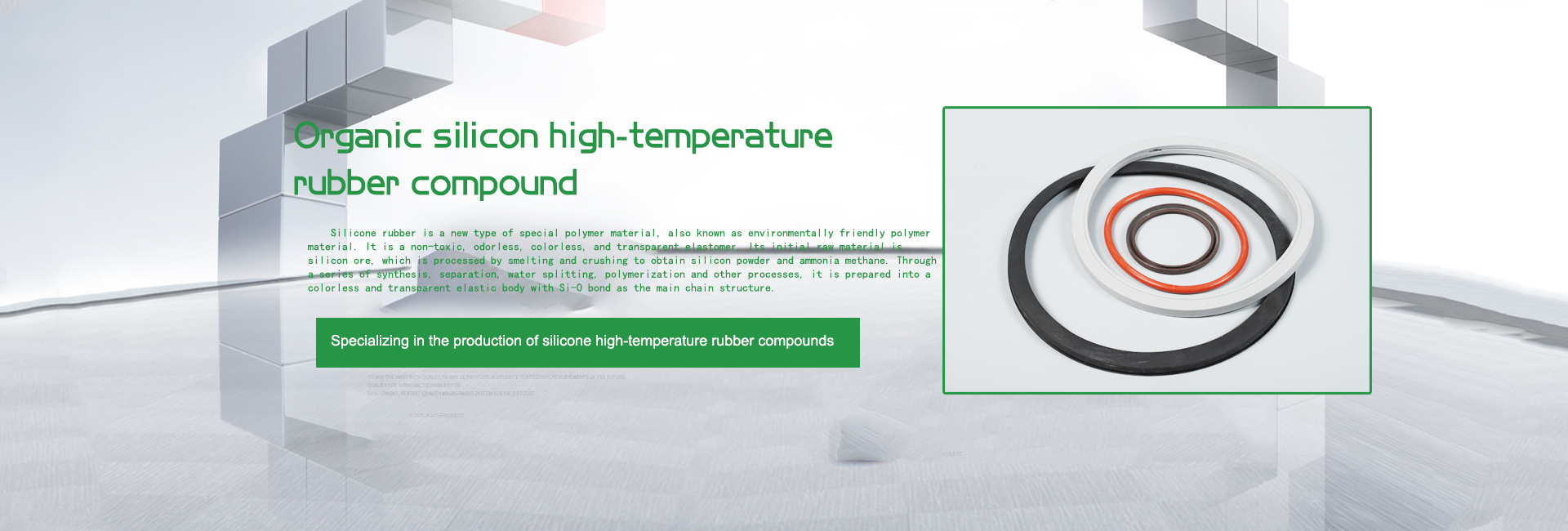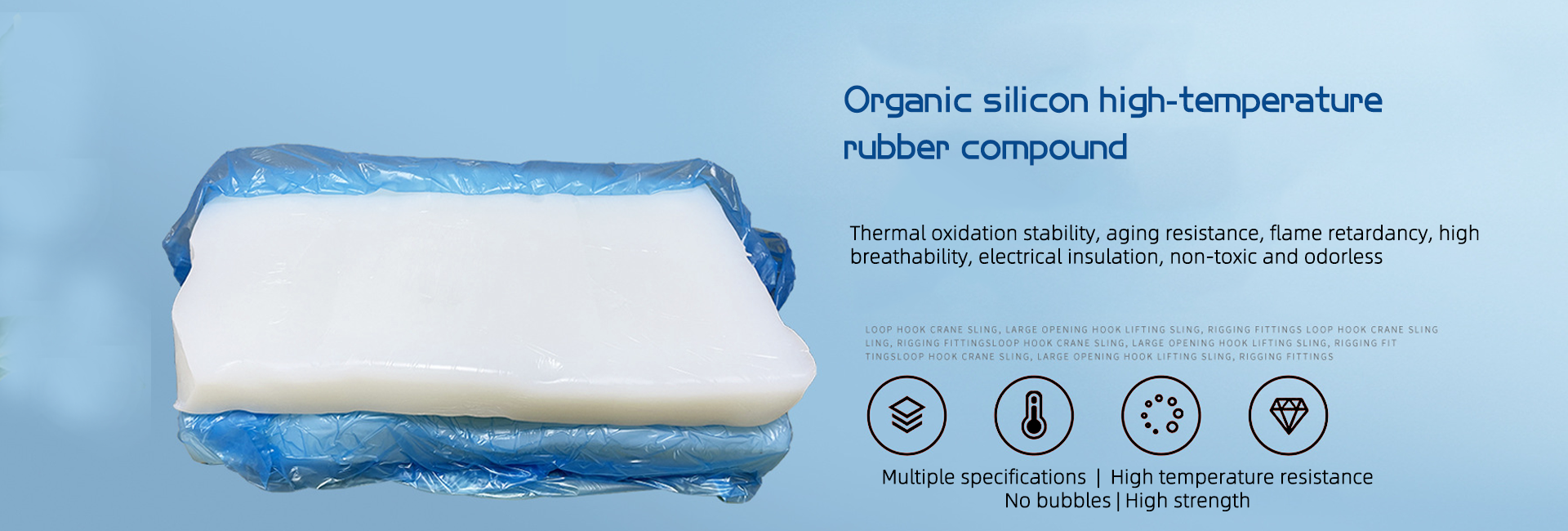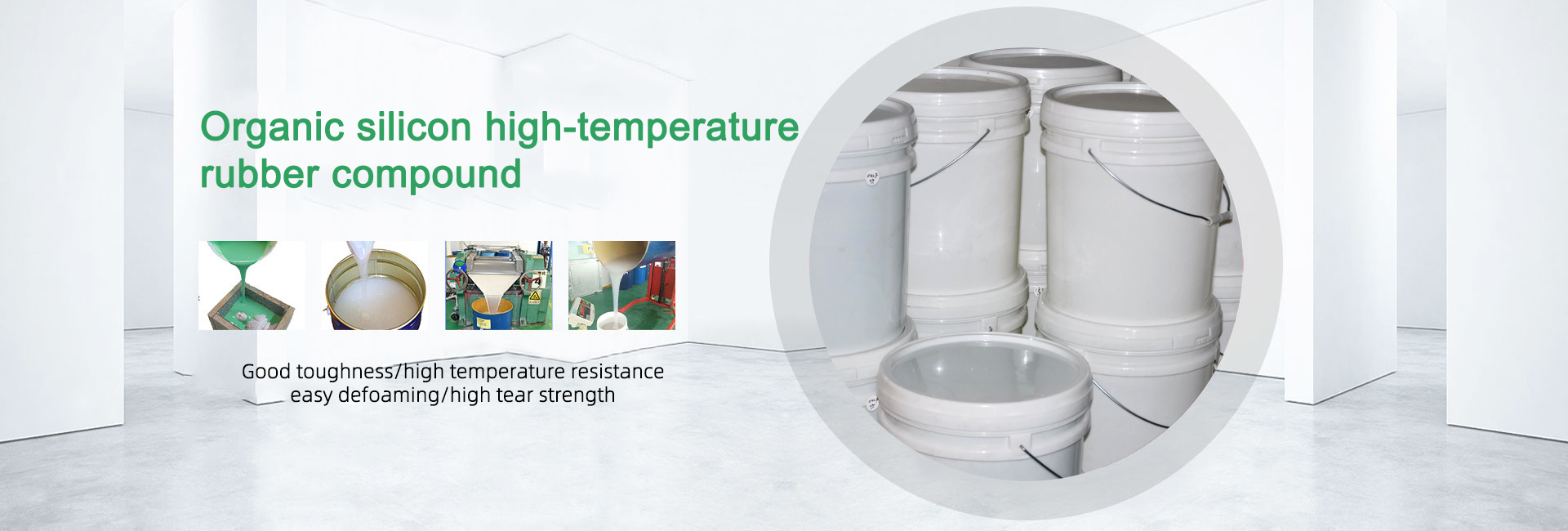Adhesive for medical industry] Adhesive for bonding and assembling of medical equipments
Date:2024-12-28 13:37:11 Hits:1
Medical industry adhesive choice are medical grade adhesive, and medical grade adhesive refers to the adhesive used for medical device bonding.
In fact, most of the medical devices are assembled agent by adhesive bonding. The modern medical device manufacturing industry requires the end product to have maximum reliability and performance under many special conditions.
Medical device manufacturers need to determine the performance of adhesives through extensive testing and validation in order to select the right adhesive, which also requires medical adhesives need to have special properties to meet the requirements of the medical device market economy and high volume manufacturing.
Essentially all medical devices or diagnostic equipment may have the use of medical grade adhesives.
The most common medical adhesives have three types of applications:
> Disposables (e.g. syringes, catheters, oxygenators, etc.);
> Reusable devices (e.g., surgical instruments, diagnostic equipment, etc.);
> Implantable devices (e.g. pacemakers, etc.).
Medical adhesive materials need to pass not only common industry standards required by other industries (heat resistance, aging resistance, strength, etc.) but also toxicity tests or antimicrobial tests. Standards and Regulations
Medical devices are a matter of human health, and in the field of medical device manufacturing, there is a more proactive focus on adhesive selection criteria and requirements for good bonding performance.
The selection of adhesives for medical applications follows the same process as for other applications, with criteria including: specific bonding substrate determination, strength requirements, load type, impact resistance, high temperature resistance, low resistance to fluids, and processing requirements. However, many medical devices require at least two other important criteria: sterilizability and low toxicity.
As a result, the medical device industry has developed several important standards and regulations. Toxicity and Biocompatibility
Adhesives used in medical devices need to be tested for effects on cells (cytotoxicity), blood components (hemolysis), adjacent tissues, and overall biological systems.
Several categories of biocompatibility testing exist today.
Adhesive suppliers generally test for toxicological properties and biocompatibility according to the following guidelines that have been established:
> United States Pharmacopoeia (USP) - Class VI Standard
United States Pharmacopoeia (USP) - Class VI Standard
> International Standards Organization (ISO) - ISO-10993
International Standards Organization ISO-10993 Standards
These standards were originally developed to test the suitability of plastics used in medical devices for contact with body fluids, and this requirement is now being applied to medical adhesives as well. Typically, products are tested by independent laboratories and the results are provided to the device or adhesive manufacturer in the form of a standard certification. Successful passing of the test indicates that the cured product is non-toxic and biocompatible.
Resistant to Sterilization
It is important to note that another important requirement for medical adhesives is resistance to sterilization. Most disposable and reusable medical devices need to be sterilized before they can be used.
Some products (e.g. endoscopes, surgical instruments, etc.) may require multiple sterilization cycles, and the adhesive must withstand these processes without compromising the primary function.
Assembly Methods for Medical Devices
Assembly methods for medical device manufacturing include solvent welding, ultrasonic welding, vibration welding, and bonding. Because it does not pose the same health and safety concerns as solvent welding, bonding has gained widespread acceptance in medical device manufacturing.
Also, bonding does not require the costly equipment investment that ultrasonic or vibration welding does. Medical adhesives are highly valued in the medical device assembly industry because they have the following properties:
> Good void filling properties;
> availability of thermoset and thermoplastic substrates, non-polymer substrates and other different substrates;
> Adjustable flexibility or rigidity;
> uniform stress distribution at the bond;
> The possibility of forming an airtight seal between two substrates.









 Click to enquire
Click to enquire 